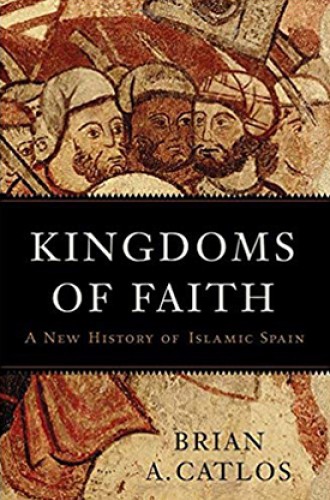Tolerance and violence in medieval Spain
Brian Catlos offers a nuanced corrective to the competing histories of Islamic rule.
The English writer Saki once described an unhappy land that produced more history than it could consume locally. He might well have been speaking of medieval Spain, which regularly features in contemporary cultural debates. According to taste, it was either “the front line of a ‘clash of civilizations’; a foreign incursion on European soil; the theater of Reconquista, crusade, and Holy War; or a land of multireligious tolerance and Convivencia.” Each of these interpretations surfaces regularly in controversies about immigration, European identity, interfaith cooperation, and religious tolerance. Through repeated reuse and misuse over the years, the story of Islam in Spain has acquired a thick crust of legend and mythology. Brian Catlos’s new history is valuable not only because it offers a reliable foundation for any discussion of the subject, but because it offers little comfort to either side in modern political disputes.
The basic outline is familiar. In 711, Muslim forces from North Africa conquered Spain, which was ruled at the time by the Visigoths. Islamic Spain reached its zenith between 929 and 1031, when Córdoba was the seat of an ambitious caliphate. Christian kingdoms survived vestigially in the far north of the country, and over the centuries they expanded their power until by the 13th century they held a dominant role. The Muslim realm dissolved into petty kingdoms and city states, the taifa, until the last Muslim polity was crushed in 1492.
In this land of mixed ethnicities and religions, by some accounts Muslims, Christians, and Jews coexisted peacefully and productively. Readers may recall the wildly romantic PBS special Cities of Light, which still circulates in church discussion groups and adult education classes. In this idealized vision, La Convivencia persisted happily until it was overturned by fanatical outsiders—Christian Crusaders from beyond the Pyrenees and Islamist warriors from North Africa, like the black-veiled Almoravids. In this vision, the crisis of 1492 marked the triumph of Christian intolerance, and a precursor of the worst excesses of colonialism. Fallen Islamic Spain becomes a kind of multifaith dream world, a lost Camelot.






